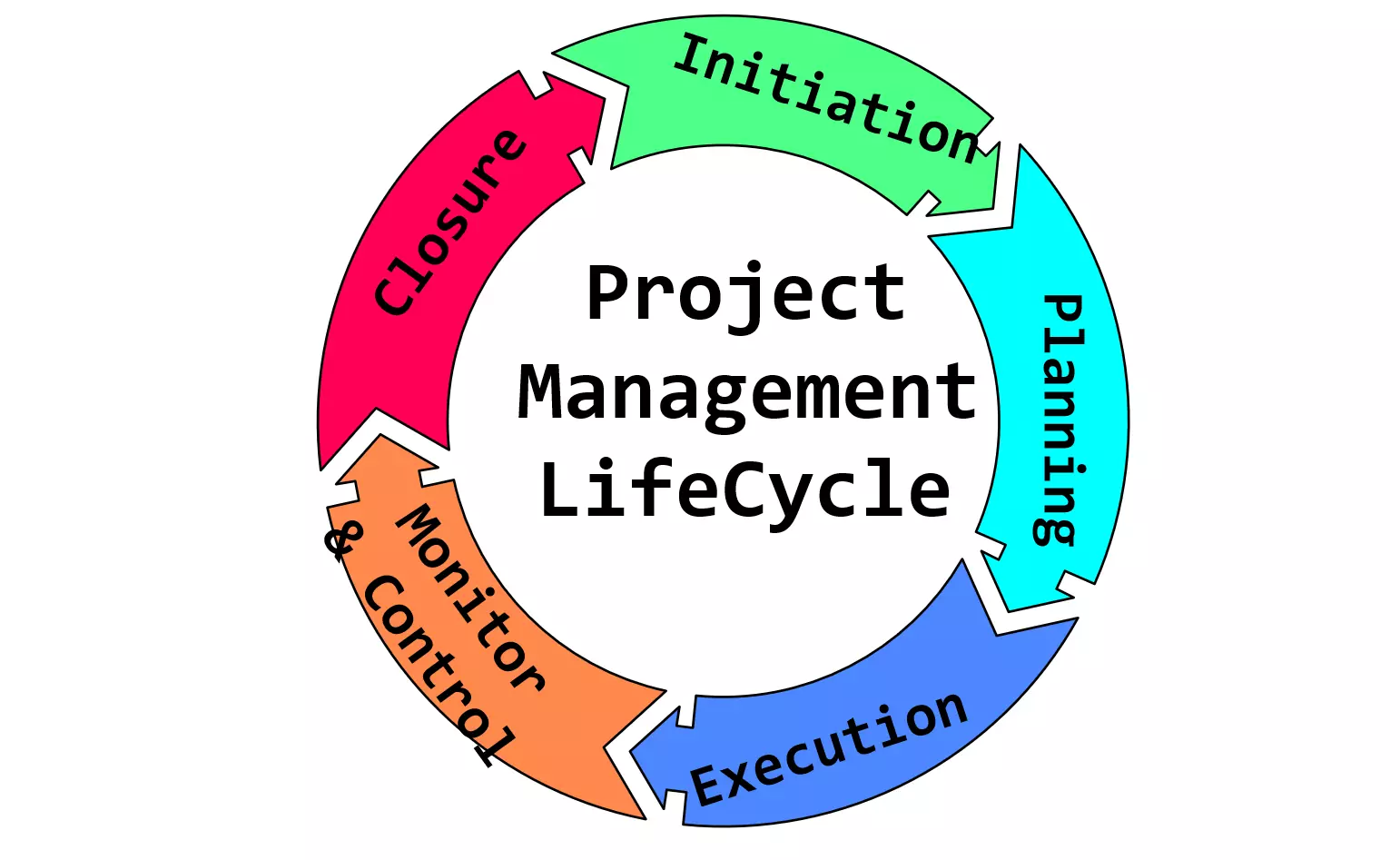Project Management Lifecycle
Project Management Lifecycle
The project management lifecycle can be defined as the combination of initiating, planning, and controlling the execution of a project from start to end. The entire process consists of tasks to be fulfilled and actions to fulfill them. The project management lifecycle is divided into multiple stages. The stages are listed below:
- Project Initiation
- Project Planning
- Project Execution
- Project Monitoring & Control
- Project Closure
Project Initiation
Project initiation in an initial phase of project management. It marks the beginning of the project in the organization. The project kick-off meeting is held, the project charter is developed, and project key stakeholders are identified.

Project Planning
This stage is key to successful project management. In the project planning phase, the team sets project goals, defines the project scope, and develops the project plan. The project plan documents the project costs, schedule, resources, and work breakdown structures. Project Roles and responsibilities of team members are identified.
Project Execution
Project execution starts with asking the project stakeholders about the detailed requirements. At this stage, some possible solutions are also discussed, and the best is decided upon. The solution is then designed, built, and finally, implemented.
Project Monitoring & Control
This phase is usually carried out simultaneously with the project execution. The project quality, project scope creep, project cost, schedule, and other project metrics are monitored by the project manager. The project manager measures and communicates project progress to top management.
Project Closure
Project closure is the last stage of the project management process. The final project deliverables are handed over to the customer or rolled out to the production environment. The project resources are released, and important lessons learned are documented by the project manager. The project manager carries out the project review meeting.




